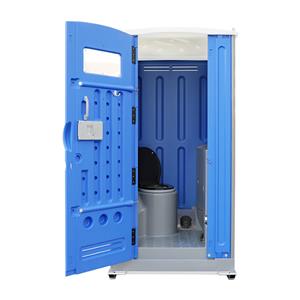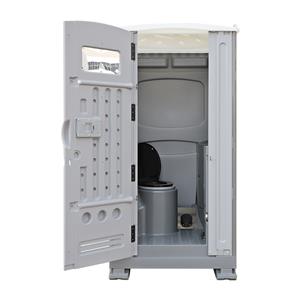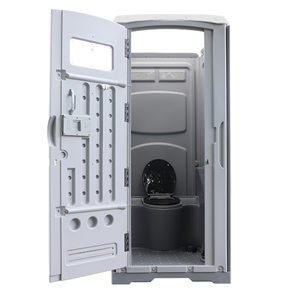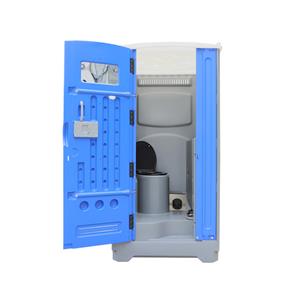Portable toilets are an essential part of any construction site. They ensure worker comfort, maintain hygiene, and comply with health and safety regulations. However, with so many options available, choosing the right portable toilets for your construction site can be challenging. This guide will walk you through the key factors to consider when selecting the best portable toilets for your needs.
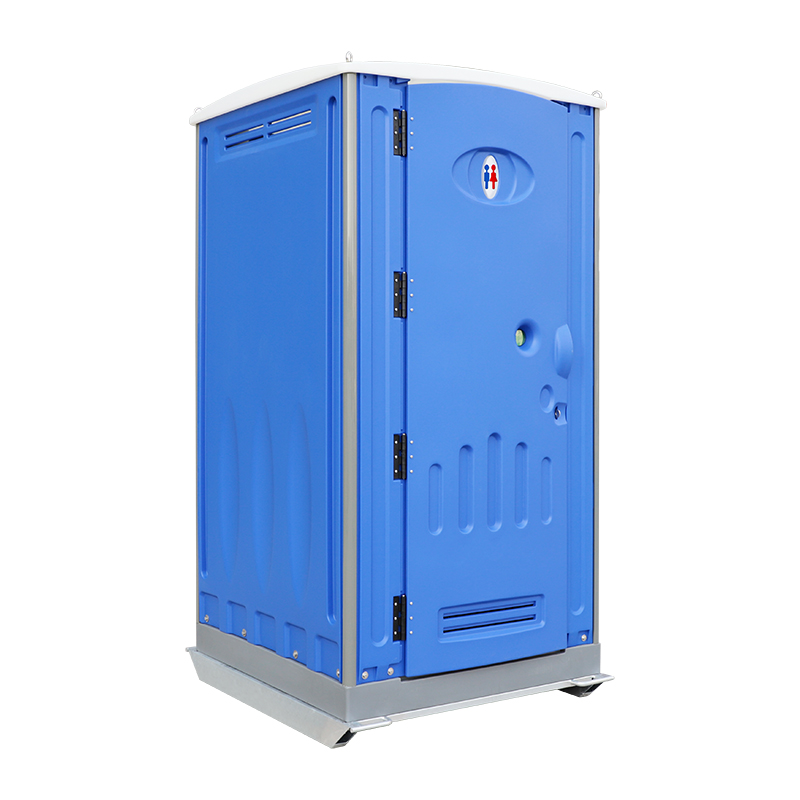
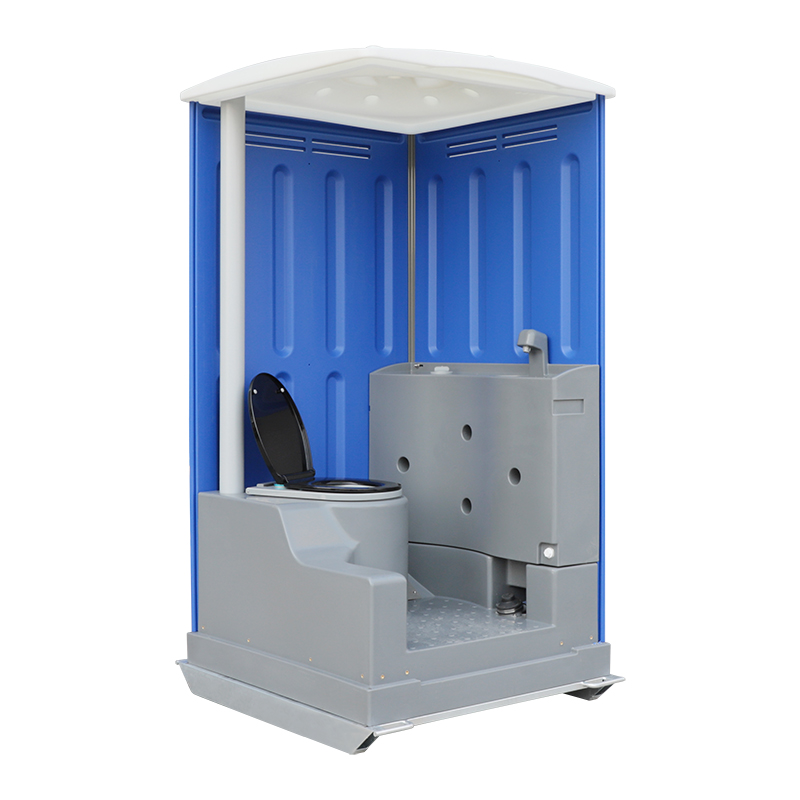
1. Assess Your Site Requirements
Before choosing a portable toilet, evaluate your construction site’s specific needs. Consider the following factors:
Number of Workers: More workers require more toilets to avoid long queues and ensure accessibility. A general rule is to provide one toilet for every 10 workers.
Project Duration: Short-term projects may benefit from rental options, while long-term projects might warrant purchasing toilets for cost efficiency.
Site Conditions: Assess the terrain and available space. Ensure the toilets can be easily transported and installed without disrupting site operations.
2. Choose the Right Type of Portable Toilet
Portable toilets come in various types, each designed for specific purposes. Here are the most common options:
Standard Portable Toilets: These are the most basic and cost-effective option, suitable for most construction sites. They include a toilet seat, urinal, and hand sanitizer dispenser.
Deluxe Portable Toilets: These offer additional features like a handwashing station, mirrors, and better ventilation, providing a more comfortable experience for workers.
ADA-Compliant Toilets: Designed to meet accessibility standards, these toilets are larger and include handrails for workers with disabilities.
Flushable Portable Toilets: These toilets use water for flushing, offering a more hygienic and user-friendly experience. Ideal for long-term projects or sites where comfort is a priority.
High-Rise Portable Toilets: Specially designed for high-rise construction sites, these toilets are compact and can be easily transported to elevated floors.
3. Consider Durability and Materials
Construction sites are demanding environments, so durability is a crucial factor. Look for portable toilets made from high-quality materials:
Plastic: Lightweight and affordable, plastic toilets are easy to transport and maintain. However, they may not withstand extreme weather conditions.
Polyethylene: Dense and weather-resistant, polyethylene toilets are ideal for harsh climates and heavy use.
Steel-Framed: These toilets are reinforced with steel frames, providing extra stability and durability.
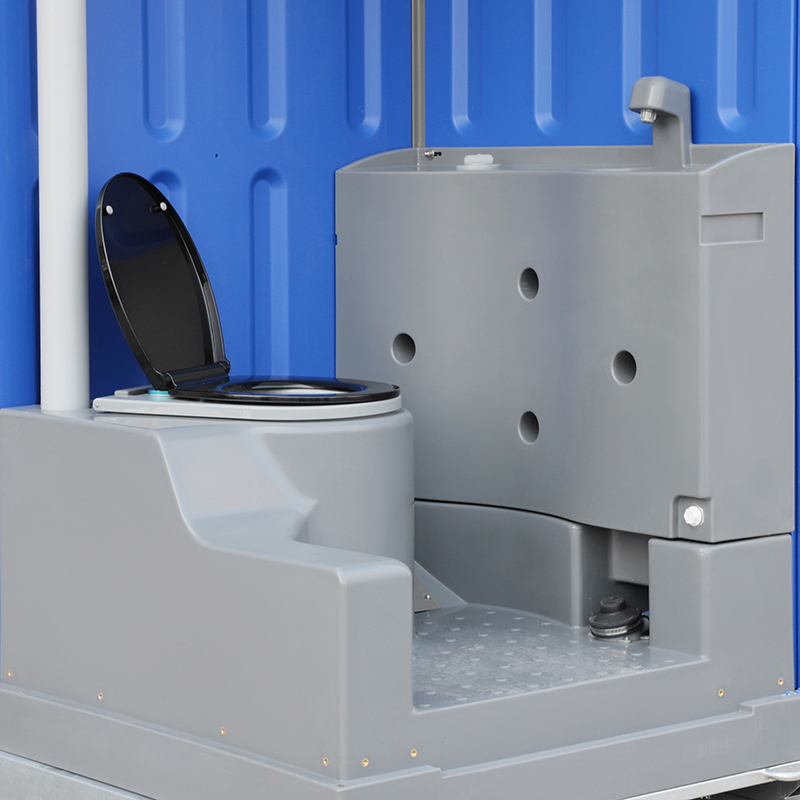
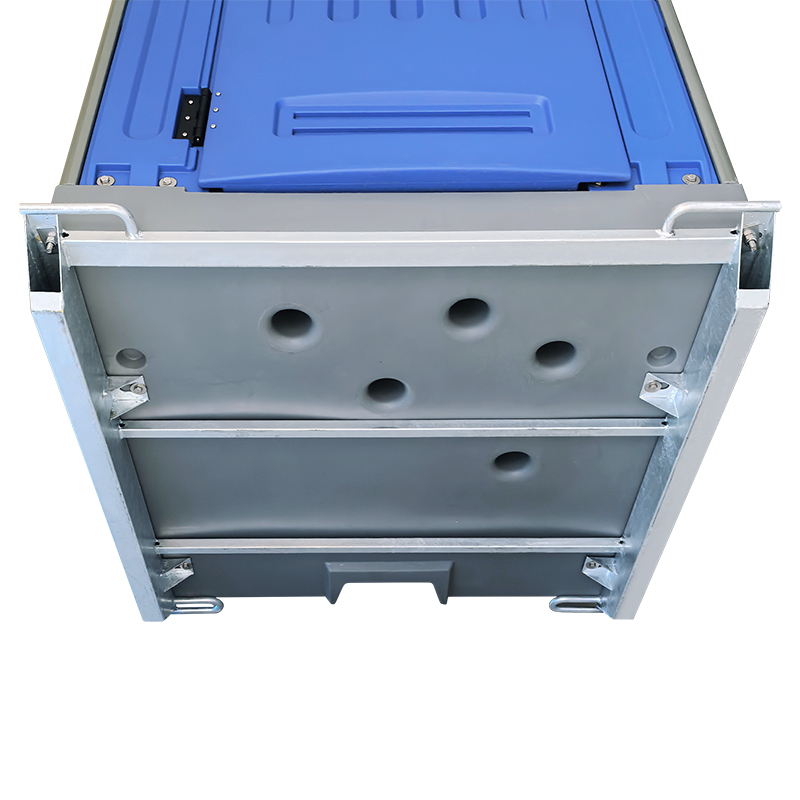
4. Prioritize Hygiene and Maintenance
Hygiene is critical to maintaining worker health and morale. Choose toilets with features that promote cleanliness:
Ventilation: Proper airflow reduces odors and improves user comfort. Look for toilets with vents or windows.
Handwashing Stations: Toilets with built-in handwashing facilities or sanitizer dispensers encourage hygiene.
Ease of Cleaning: Smooth surfaces and removable waste tanks make cleaning and maintenance easier.
Additionally, establish a regular servicing schedule to ensure the toilets remain clean and functional throughout the project.
5. Evaluate Cost-Effectiveness
Portable toilets are available for both rental and purchase. Consider your budget and project duration to determine the most cost-effective option:
Rental: Ideal for short-term projects, as it eliminates the need for storage and maintenance after the project ends.
Purchase: Suitable for long-term projects or companies that frequently need portable toilets. While the upfront cost is higher, it can save money in the long run.
When comparing prices, factor in additional costs like delivery, installation, and servicing.
6. Check Compliance with Regulations
Ensure the portable toilets meet local health and safety regulations. In many regions, this includes:
Providing sufficient toilets based on the number of workers.
Ensuring toilets are accessible to all workers, including those with disabilities.
Maintaining clean and functional facilities throughout the project.
Failure to comply with regulations can result in fines and project delays.
7. Look for Additional Features
Modern portable toilets come with various features to enhance user experience and convenience:
Lighting: Toilets with built-in lighting are ideal for nighttime use.
Sanitary Waste Disposal: Some toilets include biodegradable chemicals to break down waste and reduce odors.
Eco-Friendly Options: Solar-powered or water-saving toilets are environmentally friendly and reduce operational costs.
8. Choose a Reliable Supplier
Selecting a reputable supplier ensures you receive high-quality toilets and reliable service. Consider the following when choosing a supplier:
Reputation: Look for suppliers with positive reviews and a proven track record.
Range of Options: A supplier with a wide variety of toilets can help you find the best fit for your needs.
Service and Support: Ensure the supplier offers delivery, installation, and regular servicing.
Flexibility: Choose a supplier that can accommodate last-minute changes or additional requests.
9. Plan for Proper Placement
The placement of portable toilets on your construction site is crucial for accessibility and convenience:
Accessibility: Place toilets in easily accessible locations, close to work areas but not in the way of construction activities.
Level Ground: Ensure the toilets are placed on stable, level ground to prevent tipping or instability.
Sheltered Areas: If possible, place toilets under shelters to protect them from harsh weather conditions.
10. Gather Feedback
Once the toilets are installed, gather feedback from workers to ensure they meet expectations. Address any issues promptly to maintain productivity and morale.
Conclusion
Choosing the right portable toilets for your construction site involves careful consideration of factors like site requirements, type of toilet, durability, hygiene, and cost-effectiveness. By selecting high-quality toilets from a reliable supplier and ensuring proper placement and maintenance, you can create a safe and comfortable environment for your workers while complying with regulations.
Need Help? Contact us today to explore the best portable toilet solutions for your construction site. Let us help you create a cleaner, more efficient, and compliant work environment.





